Choosing the right siding company for your renovation project in Calgary is a crucial step in ensuring your property is both beautiful and protected from the elements. With Alberta’s unpredictable weather, including harsh winters and hailstorms, your home’s exterior must be durable, energy-efficient, and expertly installed. But with so many options available, how do you find the best siding company for your needs? Here’s a guide to help you make an informed decision.
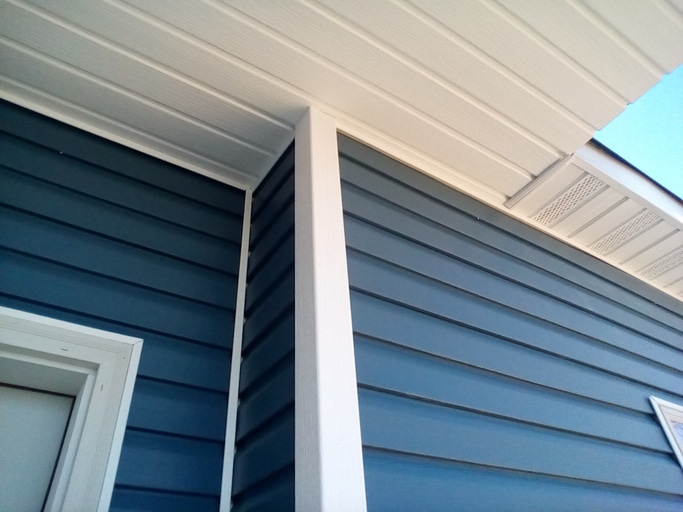
Research Local Expertise
Calgary’s unique climate requires exterior solutions tailored to withstand the region’s conditions. Look for companies that specialize in materials suited for Alberta, such as vinyl, fiber cement, or Hardie board, which are known for their durability and resilience. Local siding teams are more likely to understand these requirements and can recommend materials that protect your home effectively while maintaining its aesthetic appeal.
Check Credentials and Experience
Reputation and experience matter when selecting a siding contractor. Verify that the company is licensed and insured, as this protects you from liability in case of accidents during the project. Additionally, choose a team with a solid track record in Calgary.
Key Points to Evaluate
- How long the company has been in business.
- Their experience with projects similar to yours.
- Reviews and ratings on platforms like Google, Yelp, or the Better Business Bureau.
A business with years of experience and positive feedback is more likely to deliver high-quality results.
Ask for References and Portfolios
Request references or view a portfolio of the company’s previous work. This gives you insight into their craftsmanship and attention to detail. Speaking to past clients can also provide valuable information about their professionalism, adherence to timelines, and communication during the project.
Inquire About Warranties
A reputable siding company should offer warranties for both materials and labor. These warranties provide peace of mind, ensuring that any issues that arise after installation will be addressed. Ask about the duration and scope of the warranties and ensure they are clearly outlined in the contract.
Request Detailed Estimates
Before committing, obtain detailed written estimates from multiple siding companies. These should include the cost of materials, labor, and any additional fees. Beware of businesses offering extremely low quotes, as they may cut corners on quality or hidden costs may arise later. A transparent, detailed estimate is a sign of a trustworthy contractor.
Prioritize Communication and Customer Service
Good communication is essential for a successful project. Choose a company that listens to your needs, answers your questions thoroughly, and keeps you informed throughout the process. A contractor that values customer service will prioritize your satisfaction and work to exceed your expectations.
Work with the Best for Siding in Calgary
Choosing the best siding company in Calgary for your home renovation project requires careful research and consideration. Focus on local expertise, experience, and customer satisfaction to ensure your home’s exterior is durable, energy-efficient, and visually appealing. By selecting a reputable team with a proven track record, you can feel confident that your project will enhance the beauty and value of your home for years to come.
TRU Exteriors is your premier choice for siding in Calgary and surrounding areas. Specializing in exterior renovations for residential, commercial, and multi-family buildings, we offer a wide range of siding options. This includes cedar, wood, aluminum, cedar shake, longboard, metal, and Hardie board fiber cement siding, and our expertise extends to fascia and eavestrough installations. As trusted commercial siding contractors, we excel in exterior renovations, bringing quality craftsmanship and professionalism to every project. Contact TRU Exteriors for top-notch siding solutions tailored to your needs – visit our website today at truexteriors.ca, or call us at 403-262-7733.
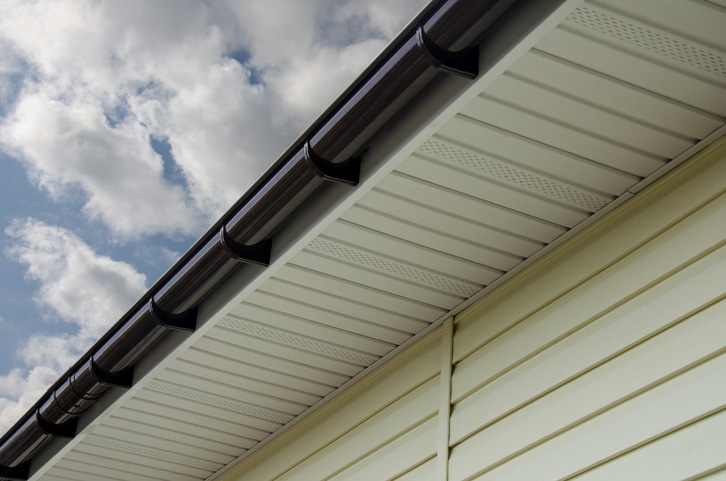
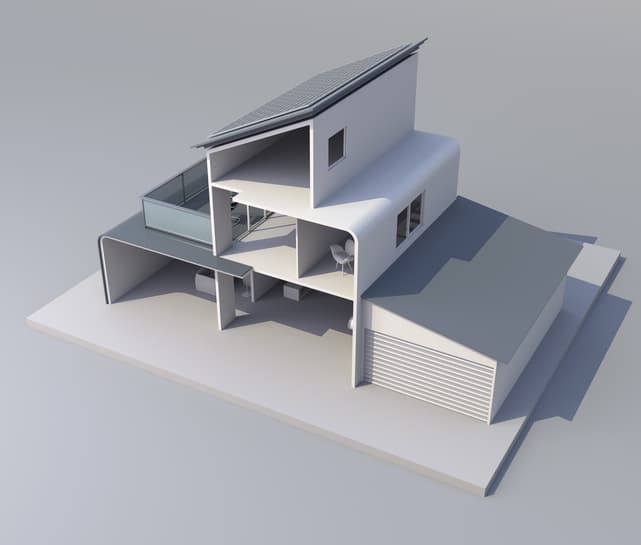
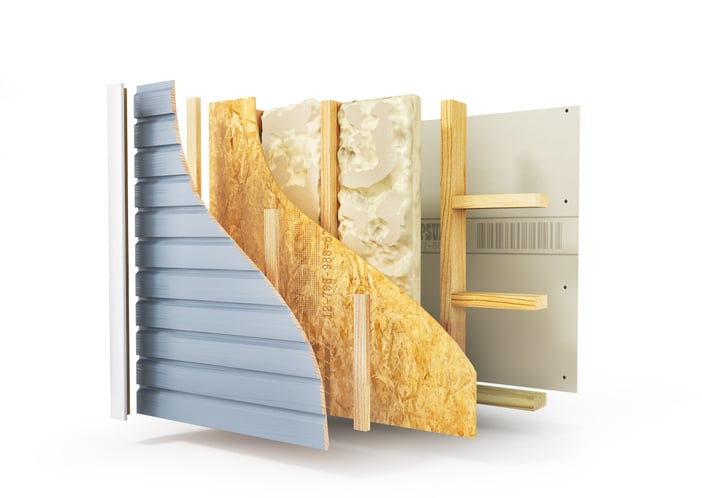
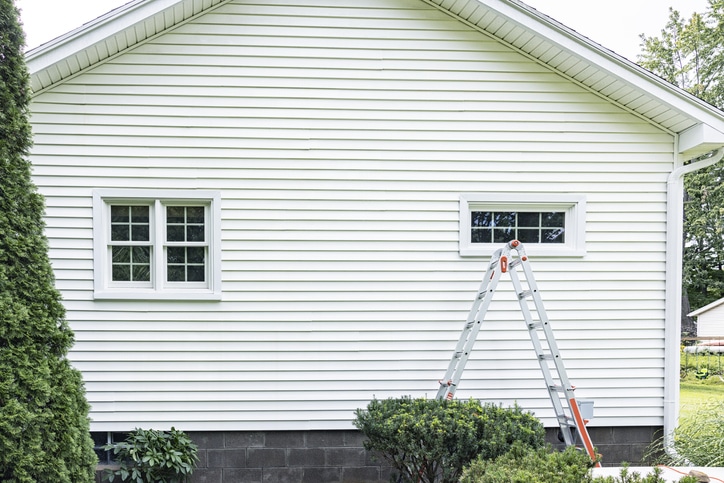
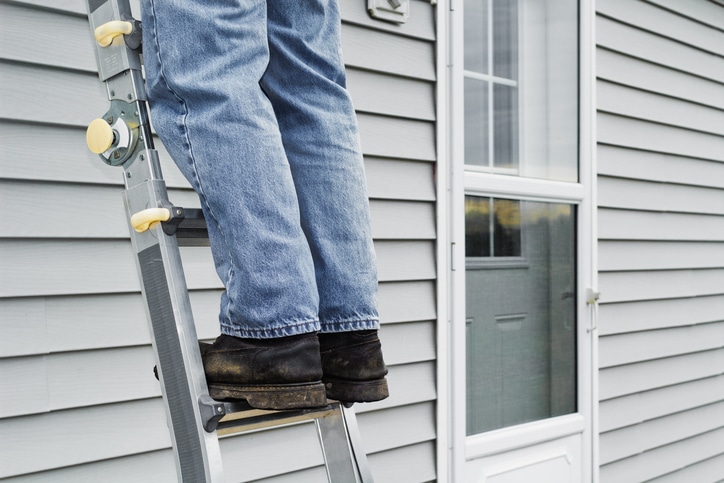
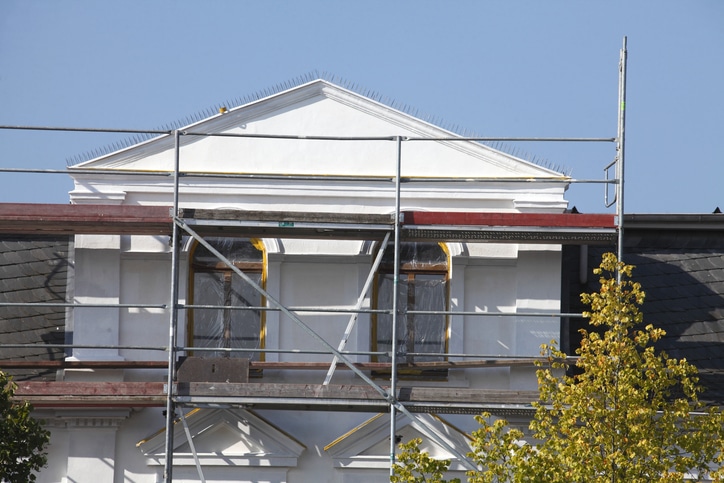
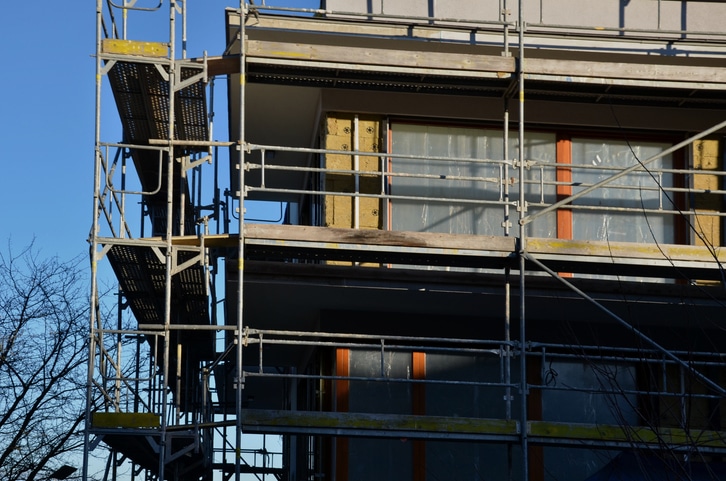
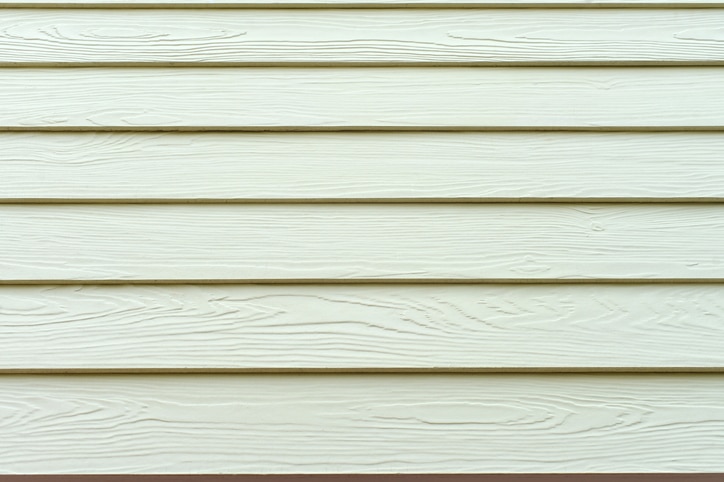
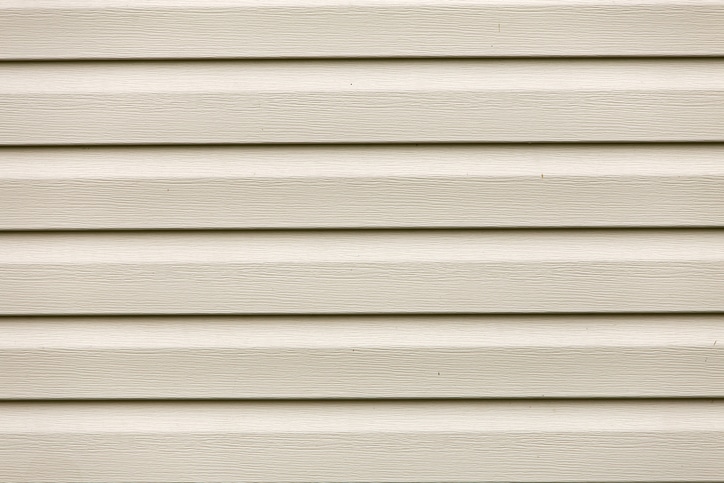
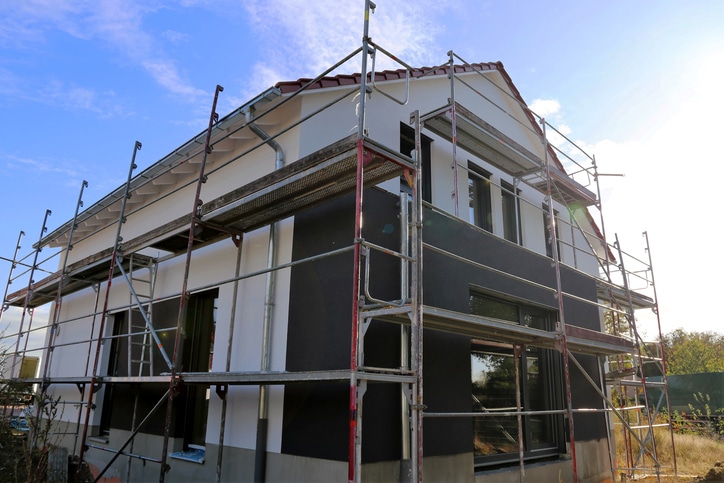
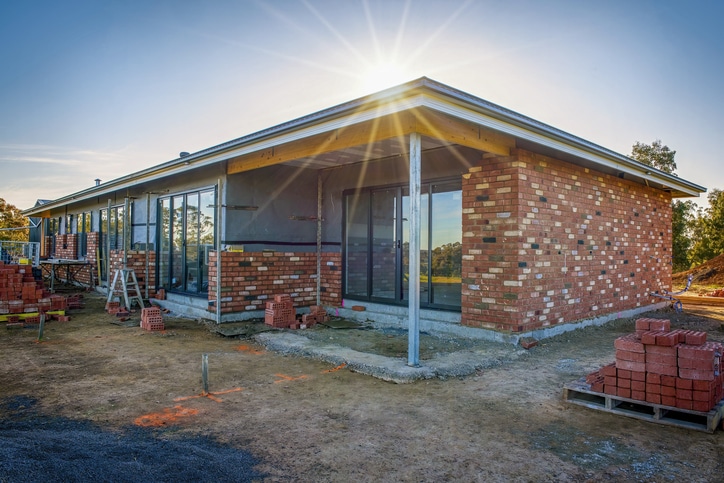
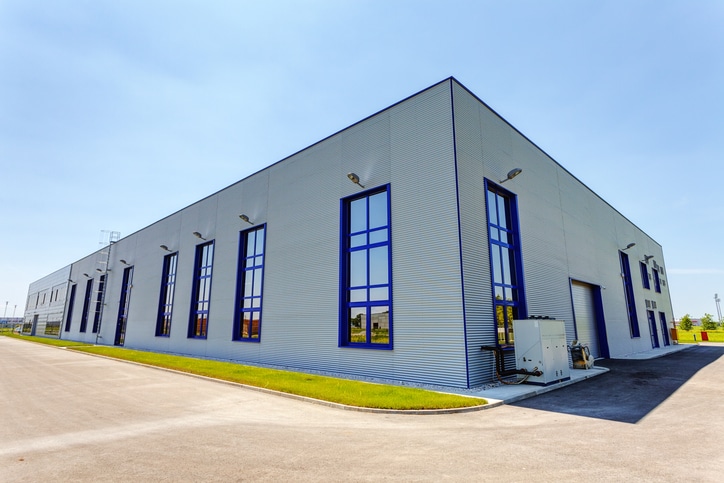
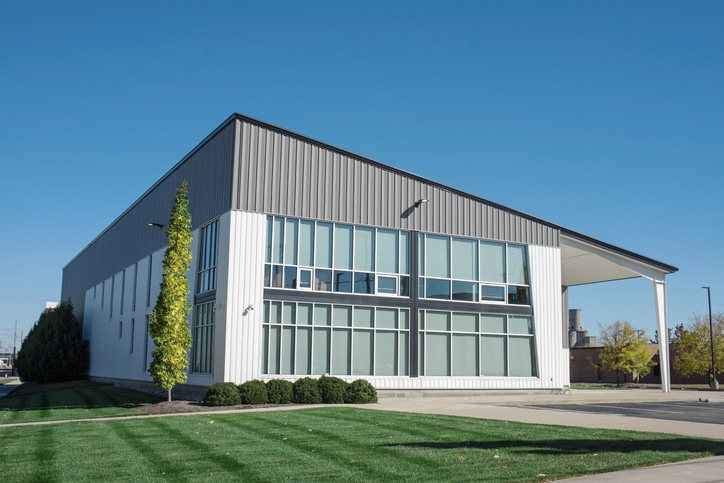
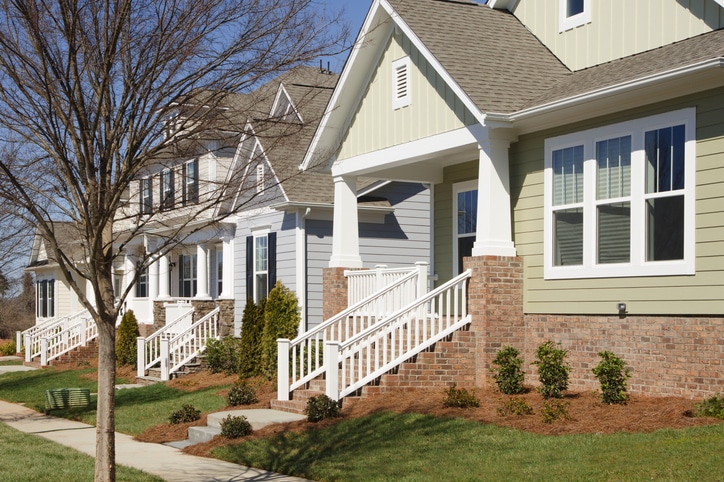
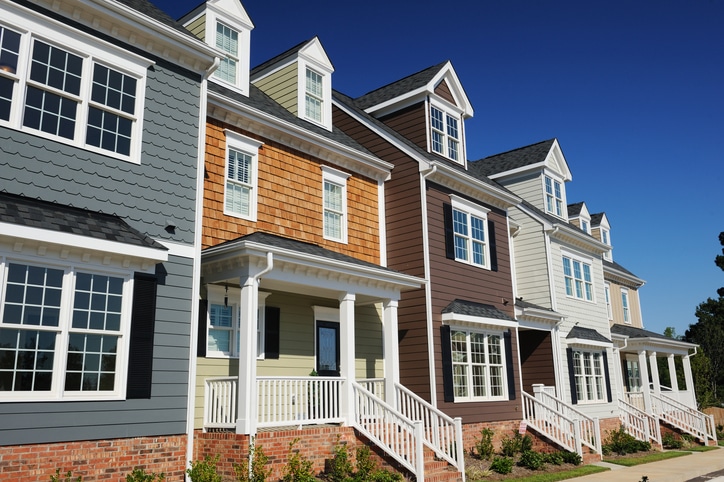
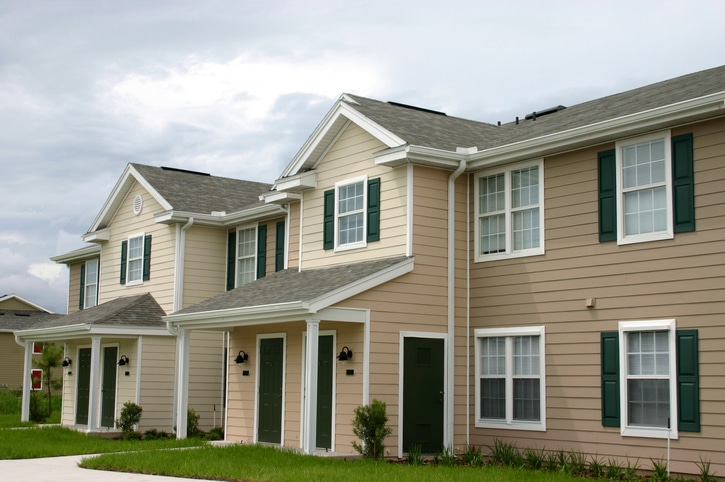
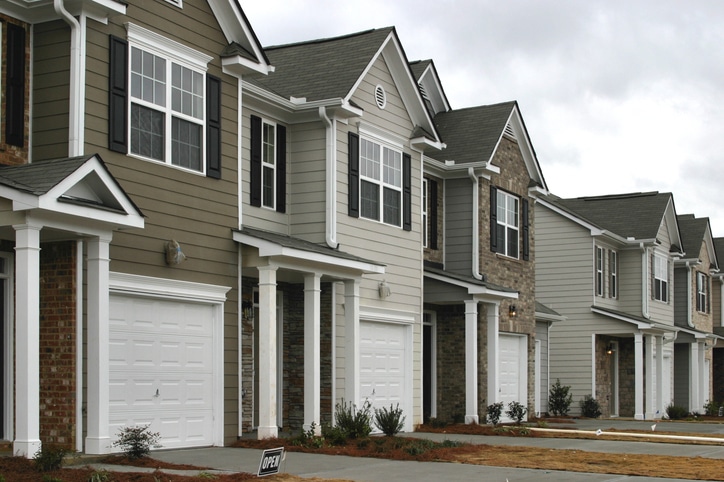
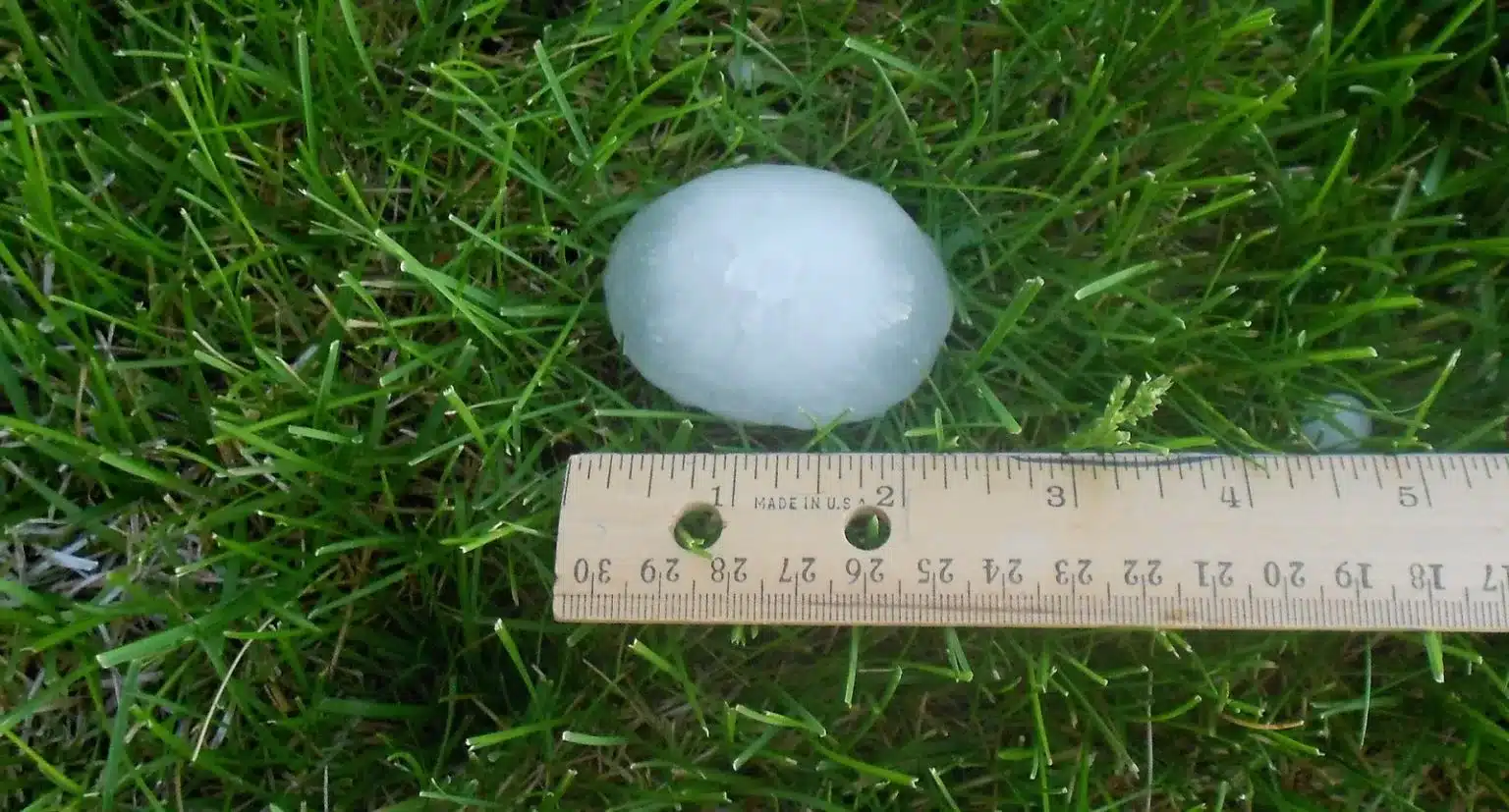
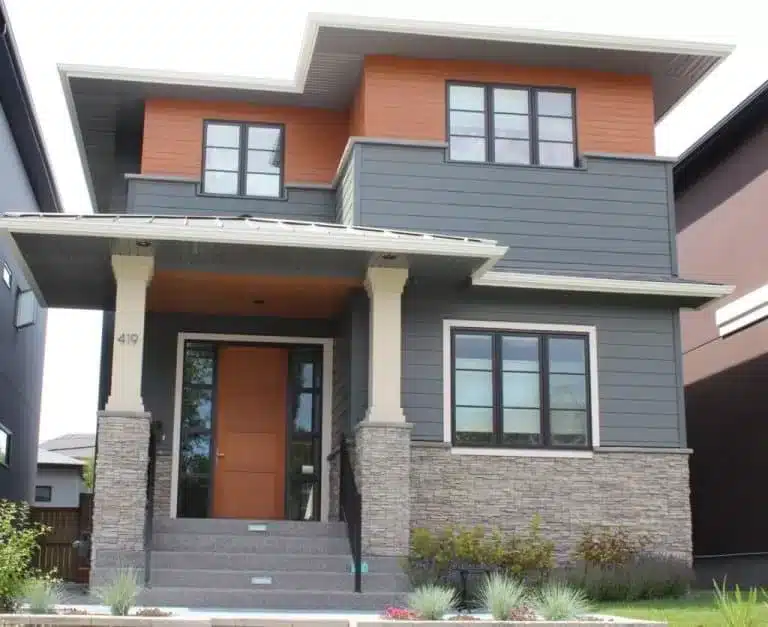
 | Website Design Calgary |
| Website Design Calgary |